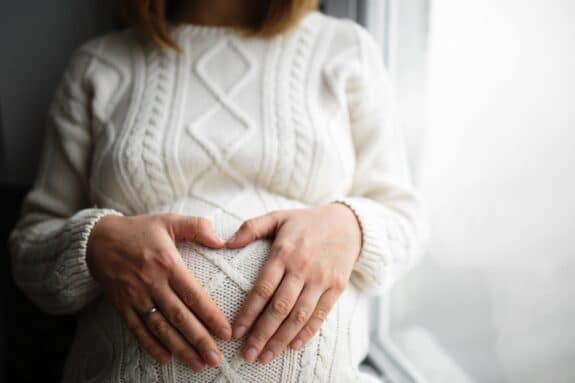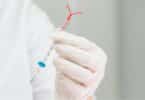In an era marked by hundreds of single-use products, the unsettling notion that we ingest a credit card’s worth of plastic every month is shocking. This claim, while alarming, has left many questioning its accuracy and the implications for human health. Recognizing the urgency of the matter, the Government of Canada allocated $2.1 million to three university research teams to delve into the extent of microplastic exposure and its potential health ramifications.
Among these teams is one located on Memorial’s St. John’s campus, led by Drs. Karl Jobst and Lindsay Cahill from the Department of Chemistry, Faculty of Science. Their research focuses on developing methodologies to quantify the presence of microplastics in various mediums, including blood, tissues, drinking water, and indoor air.
Dr. Jobst emphasizes the need to characterize these exposures accurately, given the ubiquitous nature of plastics in our lives. From household items to children’s toys, plastics permeate our environment, raising concerns about the health risks posed by their omnipresence. Dr. Cahill highlights the disconnect between public awareness of microplastics’ environmental impact and their detection in human tissue, indicating a pressing need to understand the health implications.
The researchers plan to recruit around 100 study participants willing to provide blood and placental tissue samples, alongside permitting the sampling of air and water in their homes. Equipped with advanced analytical tools, including a cyclic ion mobility mass spectrometer, they aim to identify microplastics and associated chemical pollutants with precision.
While using cutting-edge biomedical imaging technologies, such as ultrasound and nuclear magnetic resonance spectroscopy, the team will investigate how microplastic exposure influences fetal growth, placental function, and brain development in mice models.
In addressing concerns about plastic additives, Dr. Jobst underscores the diverse array of chemicals incorporated into plastics to enhance their properties. Some additives, like TDCPP, have already raised red flags due to their potential health risks.
The ultimate goal of this research is to shed light on the correlation between microplastic exposure and adverse pregnancy outcomes. By establishing guidelines to mitigate exposure and prevent health complications, the findings aim to safeguard maternal and fetal well-being.
While preliminary findings in mice indicate significant adverse effects, Dr. Cahill stresses the importance of contextualizing these results within human exposure levels. Understanding the true extent of microplastic exposure is paramount in comprehensively assessing its impact on human health.
The collaborative efforts of Drs. Jobst and Cahill’s team signify an important step towards unraveling the relationship between microplastics and pregnancy outcomes. Through meticulous research and innovative methodologies, they strive to provide invaluable insights that will inform policies and practices aimed at safeguarding public health in the face of a plastic-laden world.
Related Articles:







